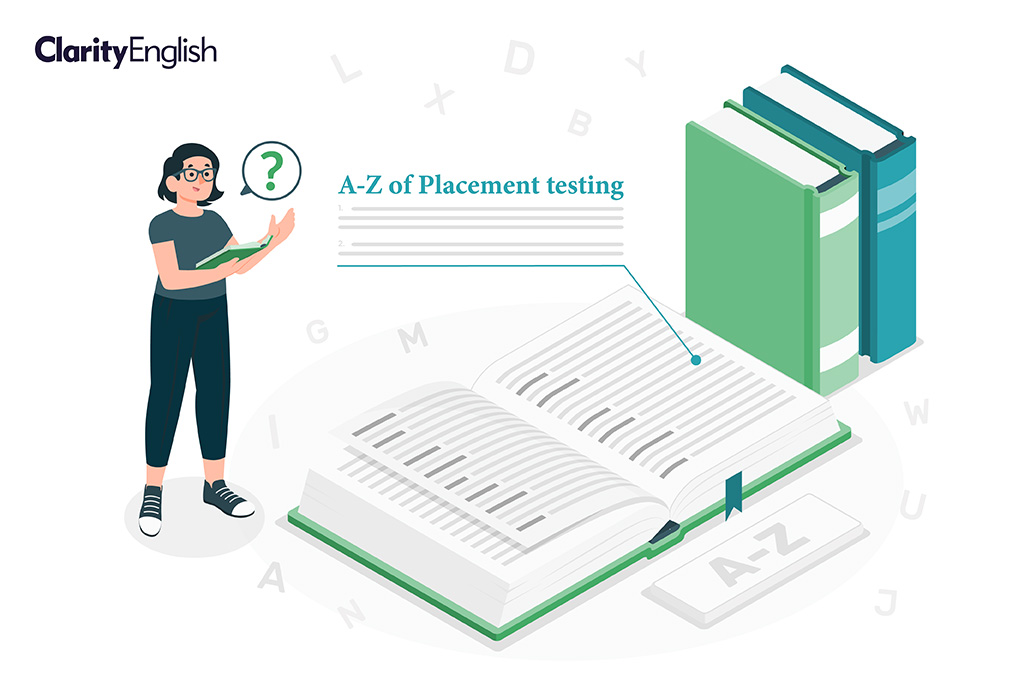What is the difference between accuracy and reliability? Why is the relative numeric so important? Most English teachers don’t have an in-depth knowledge of testing methodology – or terminology. I hope this post will show how the terms themselves can open up some of the key concepts in testing and assessment, in the context of the CEFR. Here is a list of ten testing words and phrases, each linked to a post for further reading.
| Words | Definition | Read more from: |
| Accuracy | An accurate test will be able to place a test taker at the correct CEFR level – a true reflection of their abilities. | telc Test developer, Laura Edwards |
| Adaptive | An adaptive test gets easier or harder depending on the test taker’s answers. | ClarityEnglish Technical Director, Dr Adrian Raper |
| Anchor items | These are questions taken from existing tests that have been proven to correspond to a specific CEFR level. The accuracy and reliability of new items is measured against them. | telc Test Developer, Mia Aghajari |
| Item analysis | This is a quantitative analysis of the test questions. A large data set of test takers’ results makes it possible to analyse the extent to which an item is accurate, reliable and valid in determining a CEFR level. | Item analysis process |
| Language elements | Alongside Reading and Listening, many placement tests include a section assessing Language Elements. This section focuses on vocabulary, sentence-level grammar and on the relationship between ideas in sentences. | Dynamic Placement Test, Test construct |
| Placement test | A placement test shouldn’t be confused with a proficiency test or a level test. Placement tests check the current language level of students entering a language program to place them in the most appropriate group. | telc Test developer, Sean McDonald |
| Relative numeric | This concept is unique to the Dynamic Placement Test. Because CEFR levels are so broad, the test output includes a Relative numeric (between 1-120), which acts as an indicator of where within a CEFR level a test taker sits. | Dynamic Placement Test, Scoring |
| Reliability | The consistency at which a test produces the same, accurate result for a candidate. | Dynamic Placement Test, Reliability |
| Standard setting | At a standard setting event, items in a test are scrutinised, assessed and improved by a panel of specialists. This is a qualitative analysis of the questions. | Clarity’s DPTSS |
| Validity | Validity in assessment refers to whether the test actually measures the knowledge or skills it claims to. | Dynamic Placement Test, Validity |
I hope this glossary makes you feel equipped to understand testing terminology. You can use this checklist to assess a test, and take a look at these posts for specific features that your institution may be looking for including: adaptivity, cultural fairness, remote or offline capabilities.

